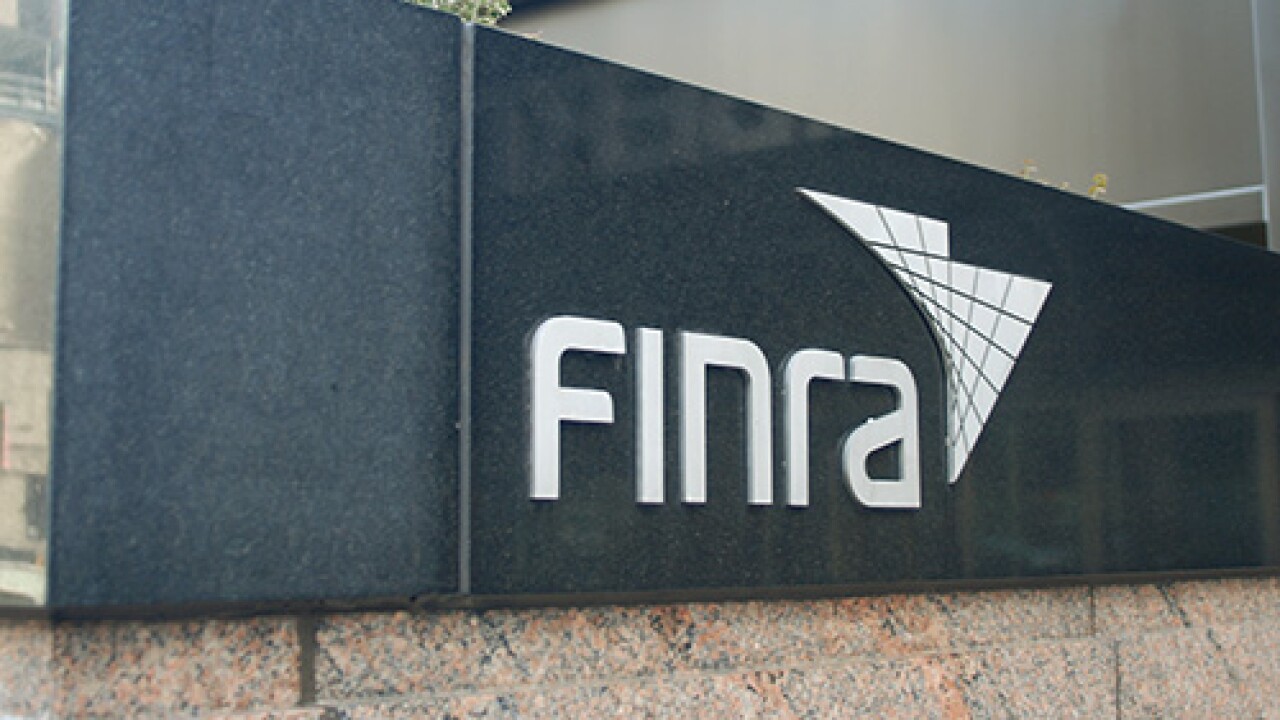
CHICAGO — Almost out of cash to keep operating, an upscale retirement facility in downtown Chicago financed with $229 million of bonds filed for Chapter 11 bankruptcy this week after the failure of negotiations with a group of investors aimed at buying the facility breathing room.
The Clare at Water Tower filed its petition, paving the way for a restructuring of its debts or the facility’s sale, in the U.S. Bankruptcy Court for the Northern District of Illinois Eastern Division on Tuesday. The amount bondholders stand to recoup in either a restructuring or an asset sale remains unclear, several market participants said.
The continuing care retirement community has struggled with occupancy rates since it opened in December 2008, and it defaulted on an installment payment due Sept. 1 to cure a shortage in its debt service on its fixed-rate bonds, triggering a default under its loan agreements. The CCRC also did not pay letter-of-credit fees or reimburse the bank for an interest draw on its floating-rate securities.
The Clare issued $229 million of debt via the Illinois Finance Authority in 2005 with Ziegler Capital Markets Group as underwriter. The issue included $91.5 million of fixed-rate bonds in an A, B and C series, $125 million of variable-rate tax-exempts, and $12.5 million of taxable variable-rate bonds.
Under a restructuring deal reached with fixed-rate investors last year, the borrower issued $91.5 million of new bonds and held a tender and exchange, with some fixed-rate holders receiving 70% of their principal amount while others received 30%.
The facility is located in a 53-story building owned by Loyola University of Chicago and has a 99-year ground lease. Earlier this year, the Clare negotiated with Loyola to defer rent payments through 2011. It owes the school $2 million, according to court filings.
The Clare’s sponsor organization, the Franciscan Sisters of Chicago Service Corp., issued a statement blaming the CCRCy’s struggles on the 2008 housing crisis that drove down home values. It left seniors planning to move into the facility unable to sell their homes at a price needed to cover the expensive entrance fees.
The economic slump only added to the facility’s woes, as did cost overruns and construction delays. The Clare reported in court filings that as of Nov. 1 only 82 of its 248 independent-living units were occupied, while 28 of 54 assisted-living units and 29 of 32 skilled nursing units were filled.
“We are not anticipating any changes in our day-to-day operations, as all resident and health care services will continue uninterrupted during this time,” Judy Amiano, president of Franciscan Sisters, said in a statement.
Bank of New York Mellon Trust Co. is the bond trustee. The Clare has hired DLA Piper LLP to represent it in the bankruptcy filing and has entered into an agreement with Redwood Capital Investments LLC for up to $12 million in debtor-in-possession financing.
The September default resulted in a mandatory tender on the floating-rate bonds. Under terms of the credit agreement, the trustee made a draw on the credit facility to cover the tender price and Bank of America NA now holds those bonds.
In its bankruptcy documents, the Clare reported that on Sept. 21 it began negotiations with the bank and holders of the fixed-rate 2010 restructuring bonds in hopes of winning a forbearance and the release of trustee-held funds to fund operations while it pursued an out-of-court restructuring and-or sale process.
“Despite these efforts, on or about Oct. 28, 2011, the holders indicated that they did not have the requisite consent to proceed with the negotiated path going forward,” according to the Clare’s filing. “Consequently, the Clare immediately commenced preparing for a bankruptcy filing. … The Clare has a significant need for cash flow and is in dire need of financing. Indeed, the Clare is dangerously close to running out of working capital at the time of this filing.”
The 2005 bonds are secured by a pledge of project revenues, leasehold mortgage, and a security agreement. The DIP financing terms lay out a series of deadlines next year for the CCRC to either file a reorganization plan or negotiate terms with a stalking horse bidder for its assets. Redwood could end up that bidder, a source said.
The Clare billed itself as a first-of-its-kind senior-living community when it entered the market, as it was located in a high-rise in the upscale Gold Coast neighborhood off Chicago’s “Magnificent Mile.”
Loyola’s ownership of the building complicates bondholder claims, according to a source following the issue. The source also said it is too early to tell whether bondholders might fare better in an asset sale or a restructuring.
The value of the facility also remains unclear. Some have said they believe given time, the facility will fill up and generate the funds needed to pay its debts. “Will any other operators with deep pockets come in and compete with the stalking horse bidder? That’s the question on a sale,” the source said.





